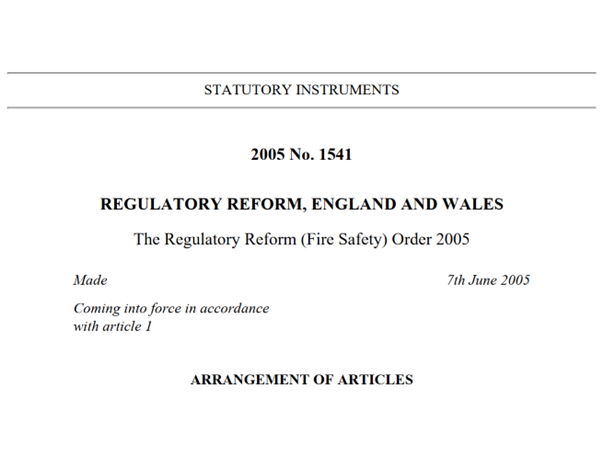Fire Safety Consultants
With our extensive experience in firefighting and in fire safety consulting, we are often asked our opinion on various aspects of fire safety.
We provide a full service as fire safety consultants, giving businesses and landlords the confidence they need to remain compliant with fire safety legislation and keep their premises and operations as safe as possible from the risk of fire.





